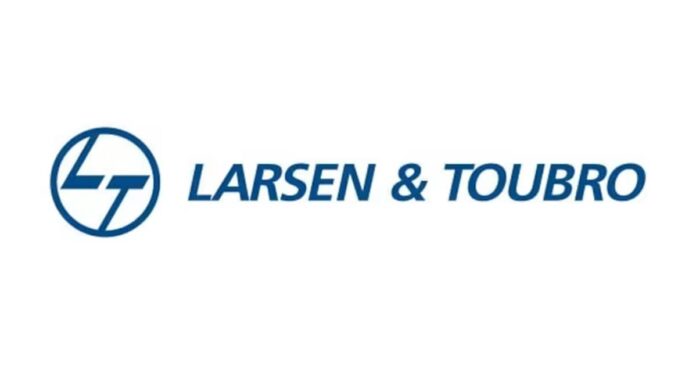Larsen & Toubro (L&T) is gearing up to diversify its product portfolio by leveraging technologies developed for defence to tap into broader industrial applications. Arun Ramchandani, senior vice president and head, L&T Precision Engineering and Systems, said new product lines are being explored.
“We are really looking at product lines which could enhance or liberate the capabilities that are here and scale it up,” Ramchandani stated.
ALSO READSacked Infosys employees knock PMO’s door
“For example, while we currently manufacture track vehicle transmissions for defence, we see a significant opportunity to expand into a broader range of transmissions for the mobility sector,” he added.
L&T is leveraging its state-of-the-art Precision Manufacturing & Systems complex in Coimbatore to drive its ambitious goals. “This isn’t just about defence—it’s about applying our expertise in high-tech manufacturing to industrial applications across sectors,” he said.
Ramchandani explained that the strategic vision involves broadening the footprint into diverse sectors such as space, aeronautics, industrial electronics and precision products. This diversification strategy will reduce its reliance on government defence contracts while unlocking new revenue streams.
India’s largest private-sector defence manufacturer by revenue is actively investing in startups, strategically seeking acquisitions and partnerships to integrate cutting-edge technologies into its advanced manufacturing ecosystem.
“We work closely with many startups, and we are open to acquisitions as well, at realistic valuations,” Ramchandani said.
L&T’s order book for its high-tech manufacturing segment is about Rs 42,000 crore as on December 2024, spanning defence, aerospace and heavy engineering, with the government as its largest customer.
L&T aims to leverage the China+1 strategy to expand its global market presence. To achieve this, it believes in enhancing domestic value addition by creating robust Tier 1 and Tier 2 ecosystems. Currently, the domestic value addition (DVA) varies from 30% to 90% depending on the product.
Ramachandani believes that what is needed now is to bolster design capability, product-building expertise, and IP creation to add an extra value layer to these products. Furthermore, sustained investments in design, R&D, and IP creation—supported by appropriate incentives—are crucial. Without these measures, companies risk becoming mere manufacturers, which can easily be relocated to lower-cost destinations.
By reducing component costs, the company aims to drive down the overall cost of launch vehicles. Its industrialisation strategy is built on three pillars: cost reduction,
» Read More


